Image

The great skua is a lot stockier than the arctic species and easily recognizable. We don’t see the great as much as the arctic skua but we still observe them often especially in the summer when thousands of seabirds flock and cluster together to feed on the abundance of food. They are well known for their parasitic behavior called kleptoparasitism, stealing eggs, chicks and fish from other seabirds. The air battles are particularly impressive to watch.
| Average Length: | 56 cm |
| Average Weight: | 1.3 kg Male, 1.3 kg Female |
| Wingspan: | 136 cm |
| Diet: | Birds, eggs, fish usually through piracy |
| Est. population around Iceland: | ~ 5,400 pairs |
| Residence Period: | Early March to Early October |
| Nesting habitat: | Coastal tundra |
| Nesting Period: | Mid May to Late June |
| Clutch size (No eggs): | 2 |
| Incubation time (days): | 26-32 |
| Fledging time: | 40-51 |
| Typical life span (years): | 15 |
| Age at first breeding (years): | 7 |
| IUCN world Status: | Least concern |
| Major Threats: | Climate change, predation, habitat disturbance |
| Other Names: | Skúmur, Storkjove, Isokihu, Stercorariomaggiore, Skua (wydrzykwielki), Págalogrande, Grote Jager, Grand Labbe, Nagy halfarkas, Storjo, Moleiro-grande, Storlabb |




